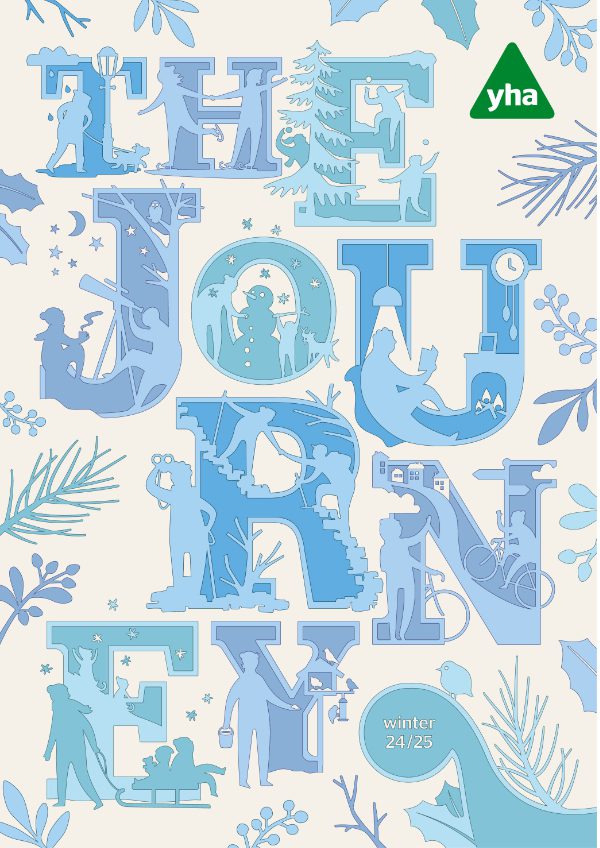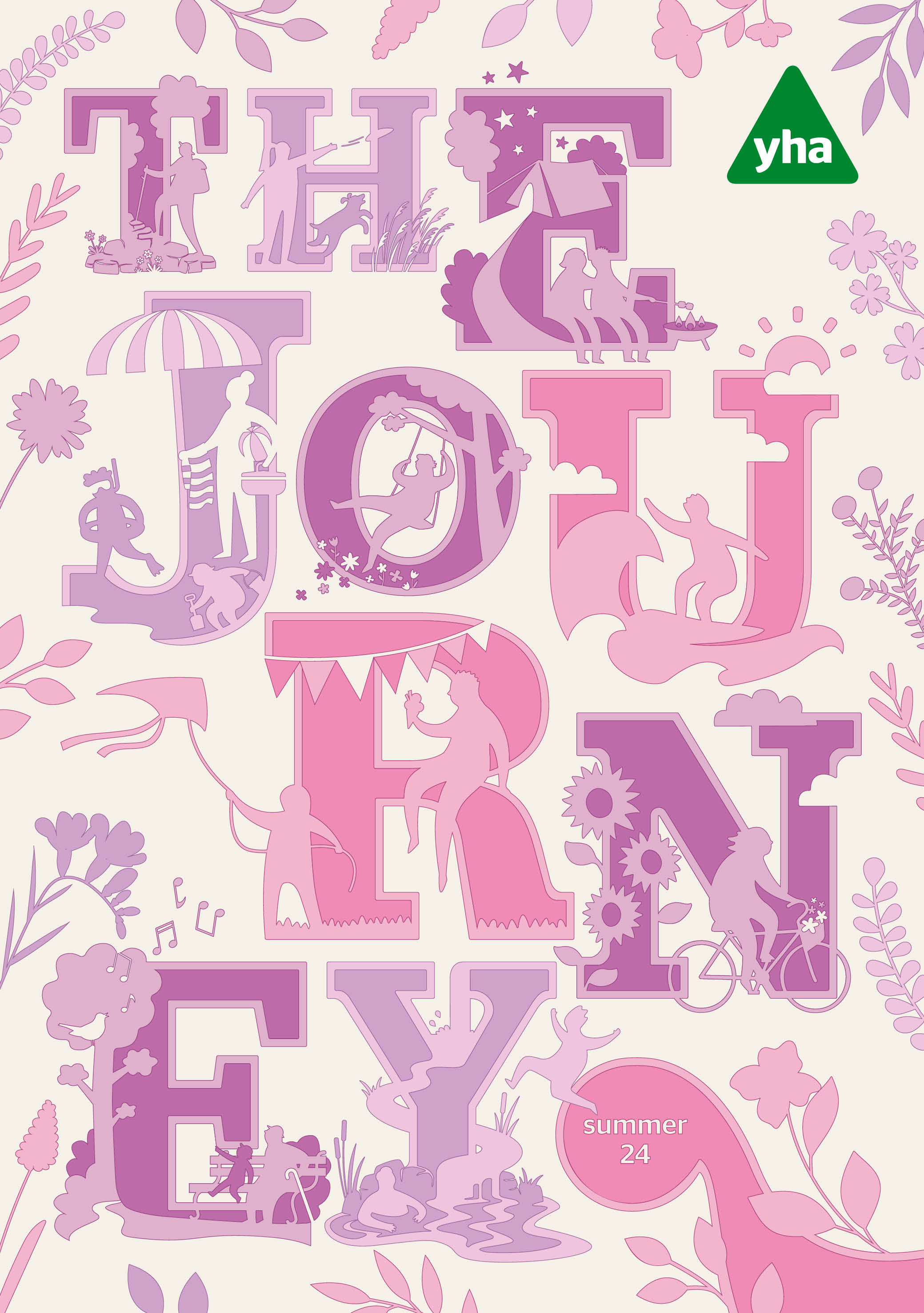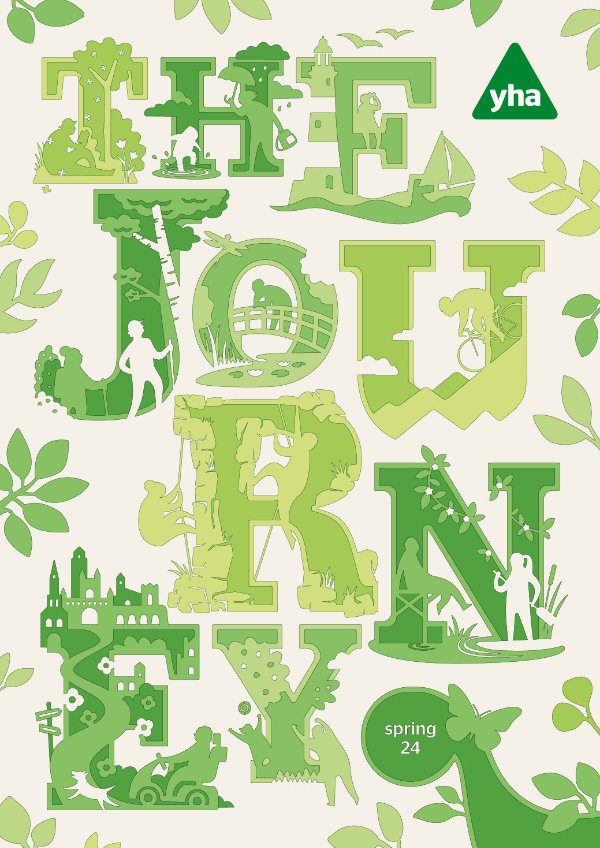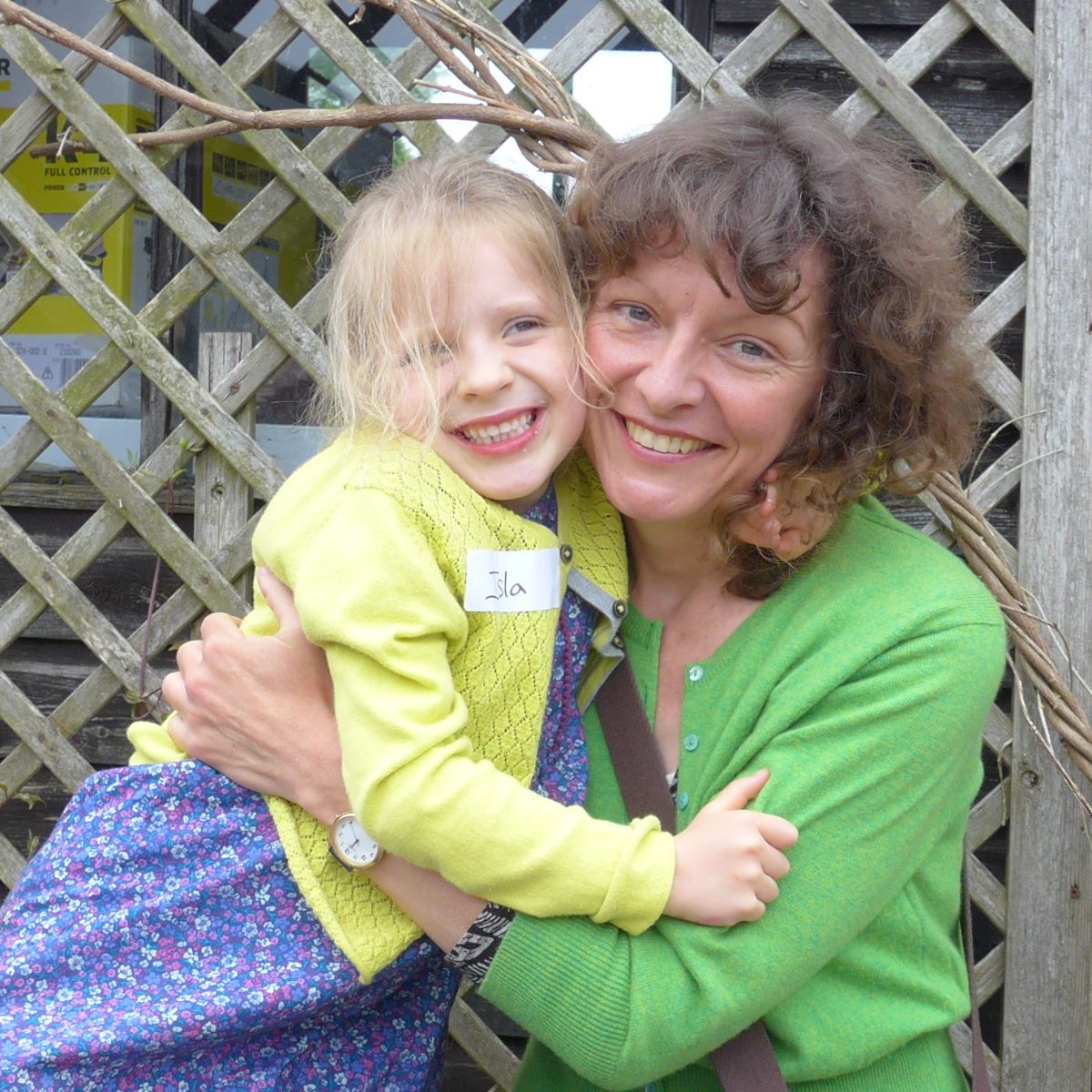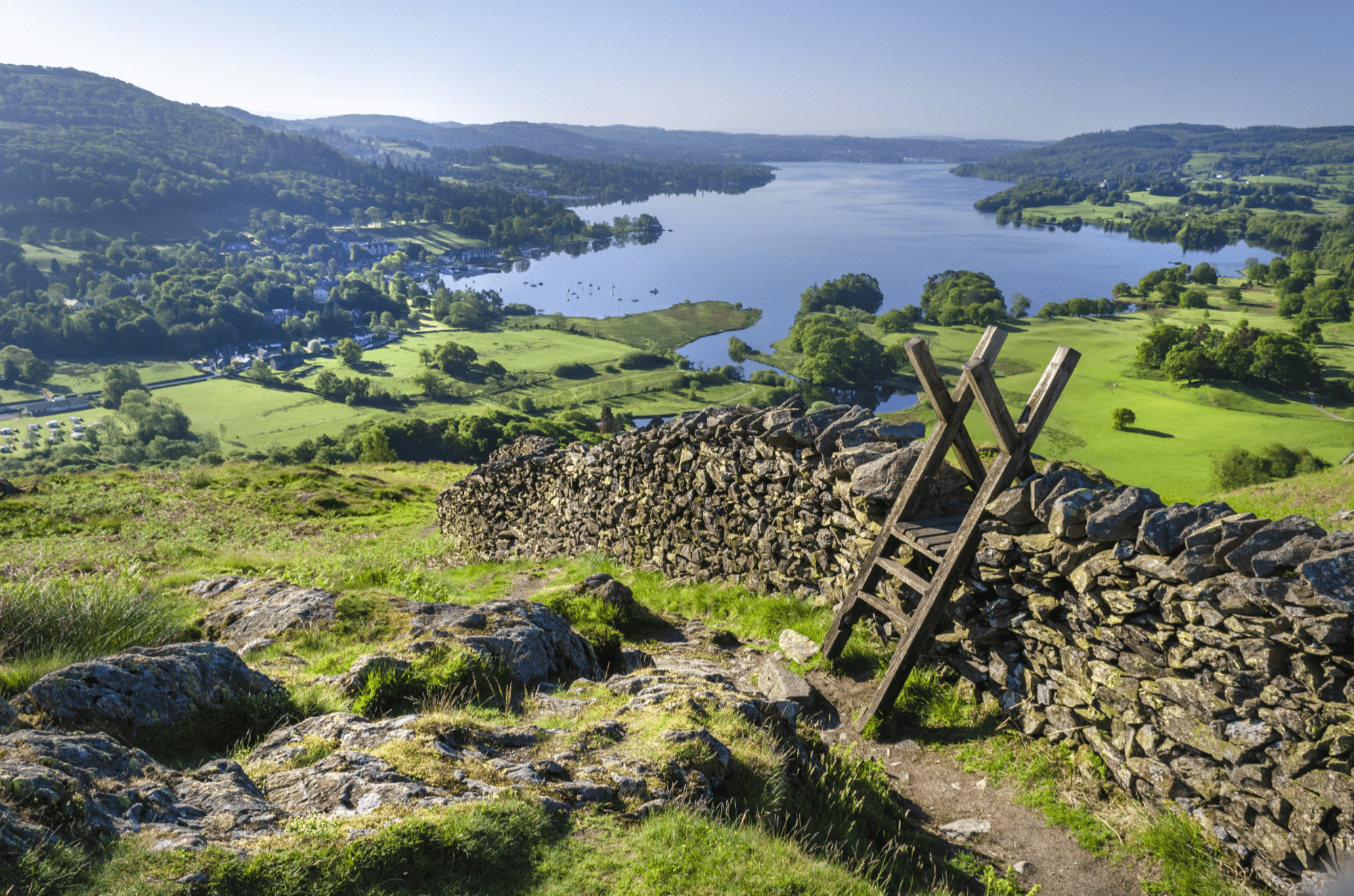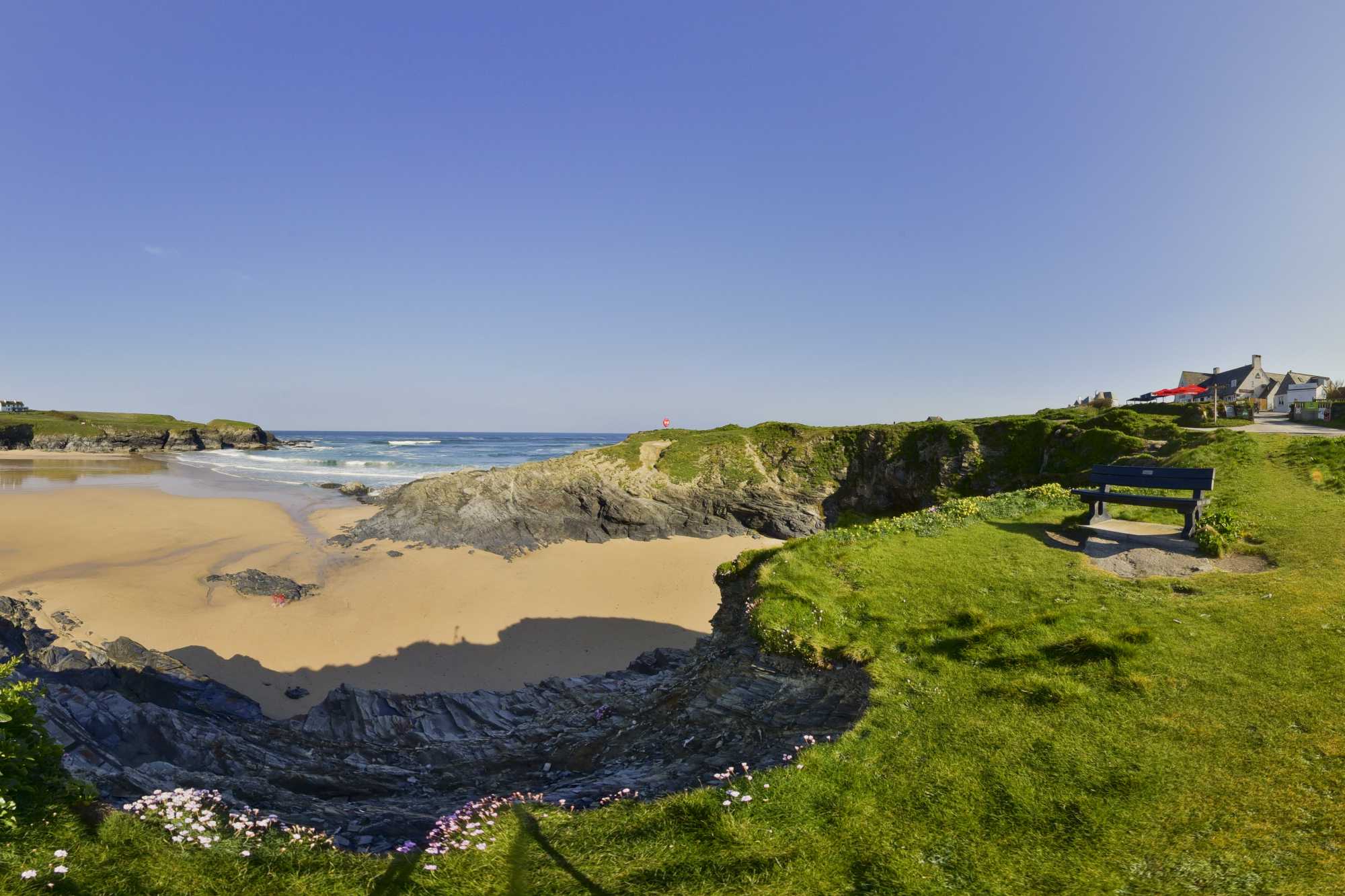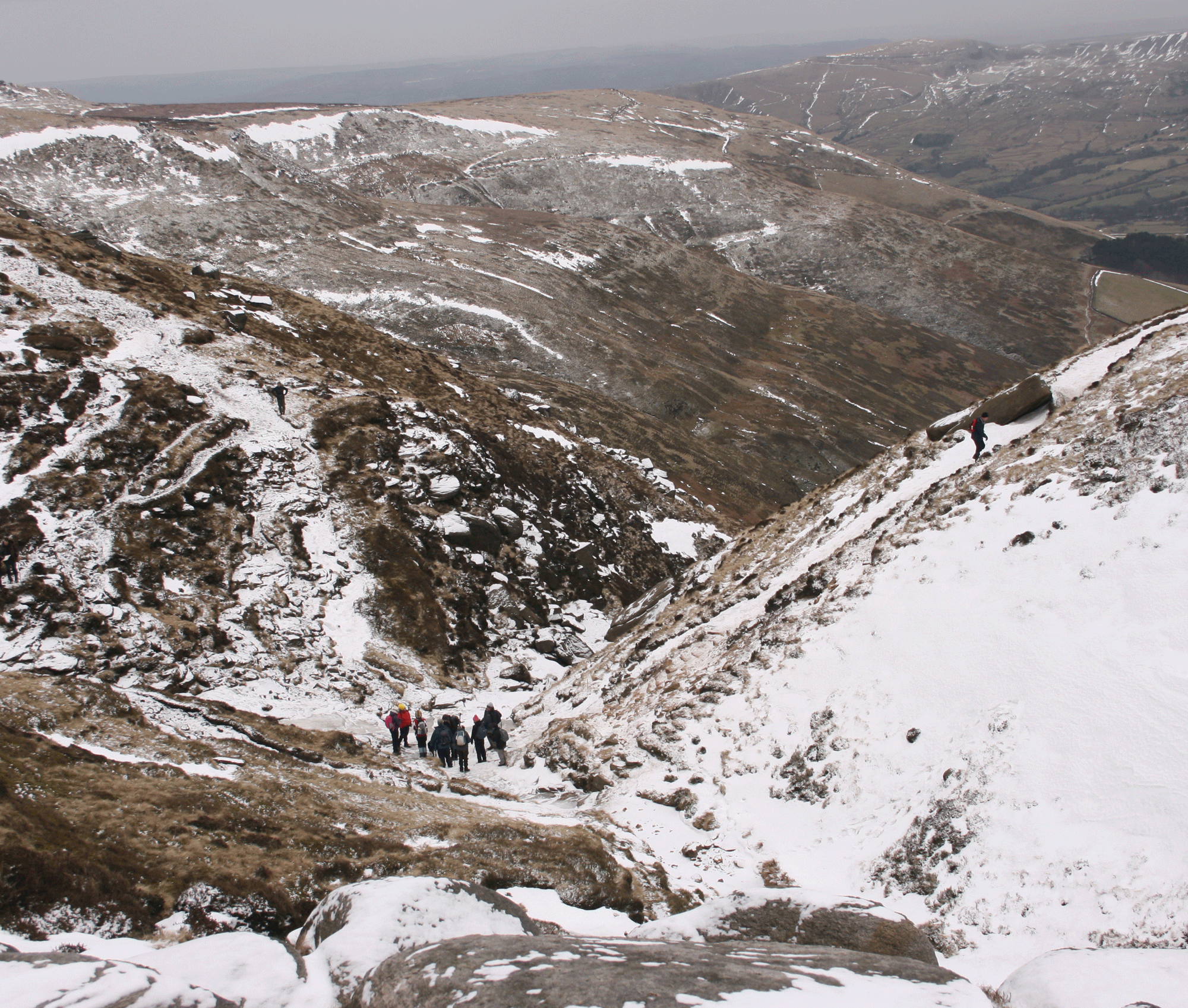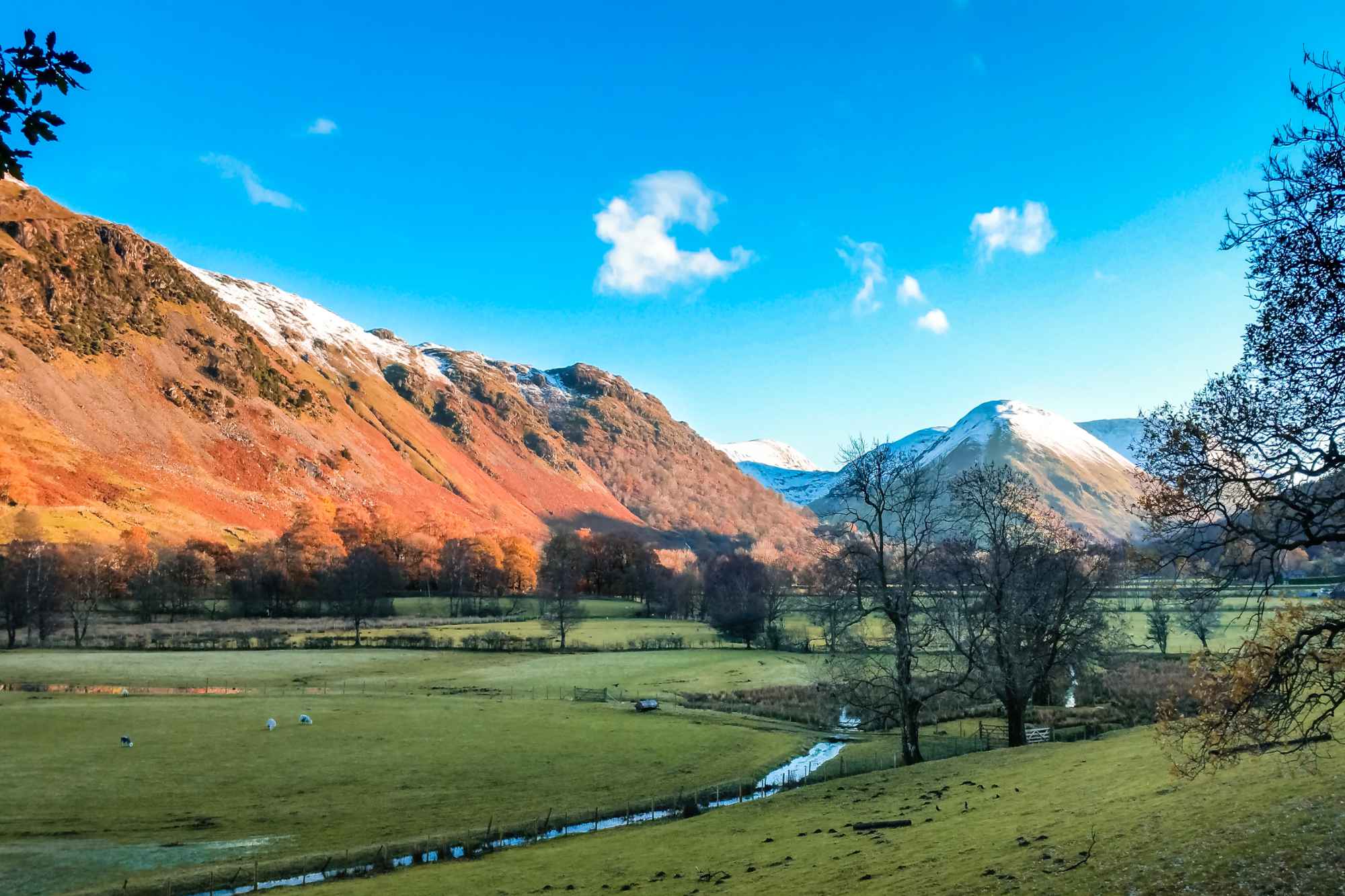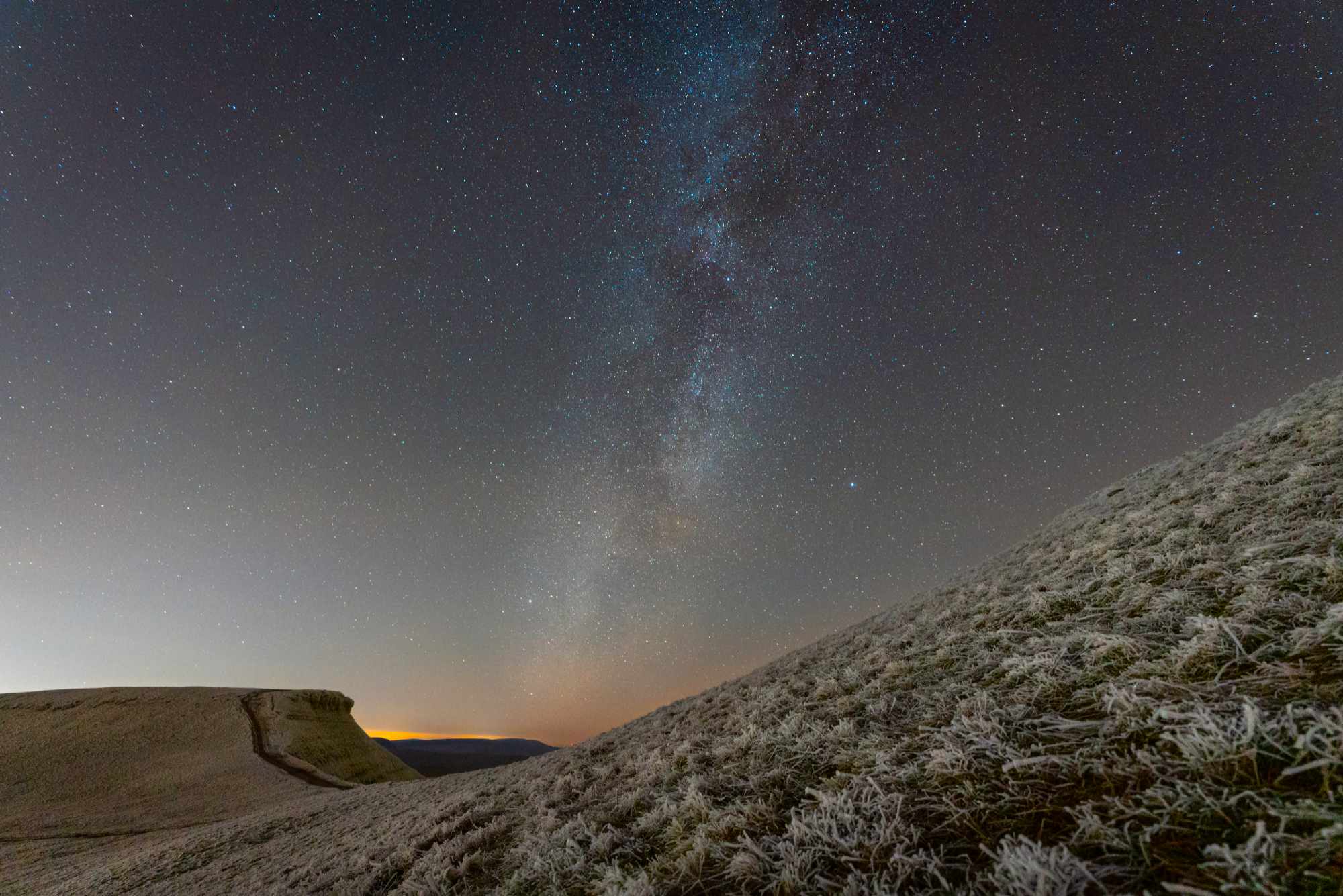In the walled garden at Avebury Manor lime-green fists of rhubarb were punching through the soil. A ladybird crept out of hibernation to warm up on a twig. The low sun lit up snowdrops and crocuses; now and then a bee buzzed past. After a dreary winter, spring was coming…
Our original plan to visit Bath in summer 2020 had been scuppered by Covid; we also cancelled our trip last December because of the rise in hospital admissions. So, in late February, we were happy to arrive at last at YHA Bath, having stopped en route at Avebury in Wiltshire for a walk around the largest stone circle in the world and to visit the National Trust house.
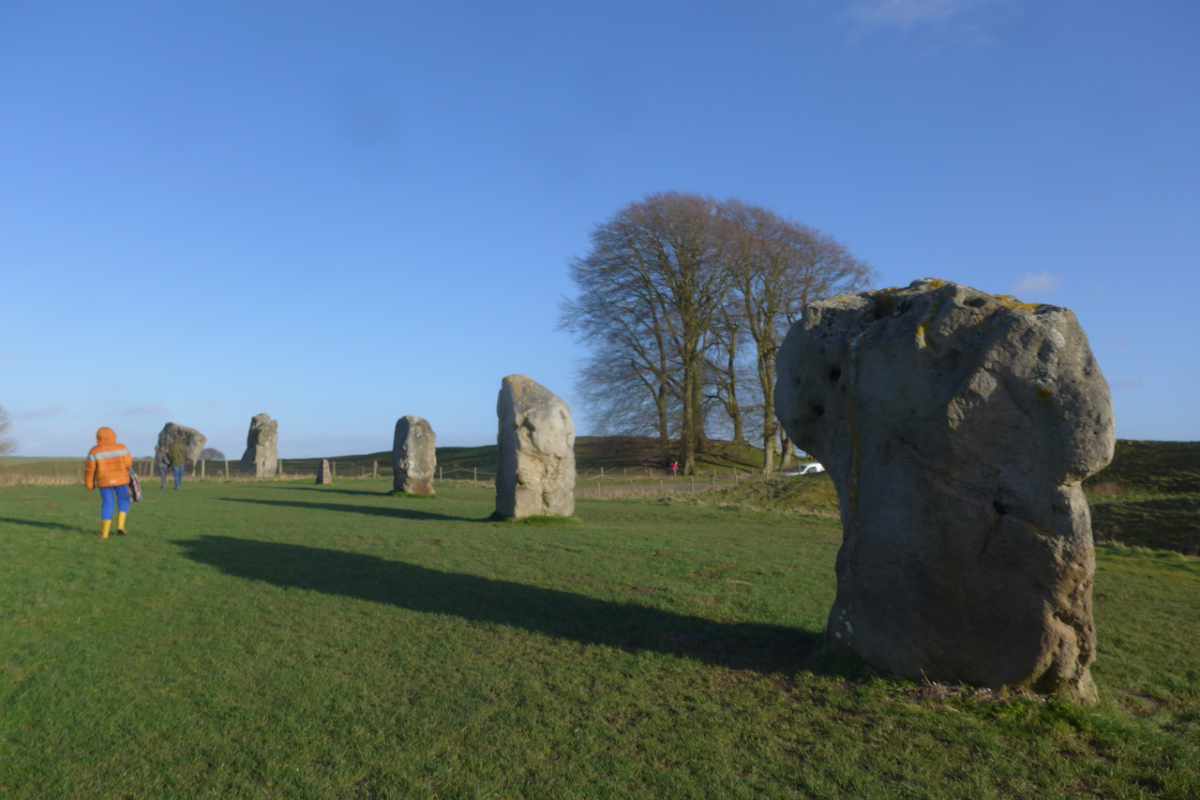
YHA Bath is an Italianate mansion called Fiesole, built in 1825. A gap in the trees in the grounds reveals Bath Abbey, and across the road, in Bathwick Fields, there’s a bench perfectly placed to enjoy the evening sun and the honey-coloured panorama of the city below. It’s also near the starting point of the Bath Skyline, a six-mile walk through the woods and fields above Bath, though you can do shorter sections, including a Family Discovery Trail. The hostel reception can provide a map.
The downside to Bath’s dramatic location on the steep hillsides of the Avon valley is that walking around all day can tire out the calf muscles of visitors from flatter places. We bought a First Bus group day zone pass, which cost £10, for the times when we didn’t feel like striding up another hill. The frequent U1 bus, bound for the University of Bath campus at the top of Bathwick Hill, stops right by the hostel.
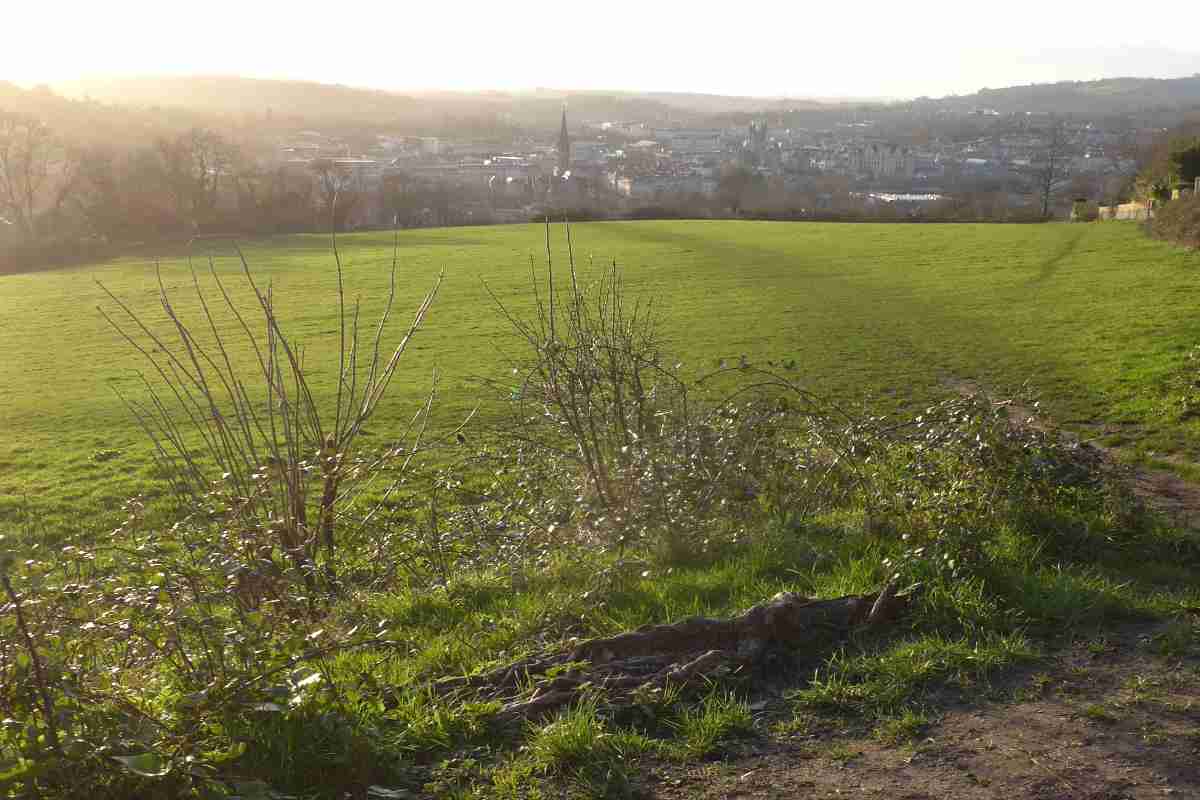
One golden evening we took a random bus trip on the number 6 up to Fairfield Park. This introduced us to some of Bath’s interesting suburbs ancient and modern and gave a real sense of what it’s like to live perched up on a ridge. Do the wheelie bins need hand brakes?
We weren’t sure if the city’s top visitor attraction, the Roman Baths, would appeal to our children, and there were lots of other things to do. The Holburne Museum at the end of Great Pulteney Street offered free entry for families during half term, including to a spectacular exhibition of Tudor portraits on loan from the National Portrait Gallery (until 8 May 2022) and installations by Mick Peter that ask questions about the role of museums today (until 15 May 2022). In the permanent collection, there are drawers of miniature portraits and other fascinating things, a method of display that makes them accessible to kids. There’s a cafe in the modern glass extension behind the museum, with outdoor seating in Sydney Gardens. Soon there will be a new adventure playground there too.
We also enjoyed the Fashion Museum in the basement of the Assembly Rooms, especially the exhibition Shoephoria! (until 18 April 2022), which featured shoes worn by Ginger Rogers and Grayson Perry among others. It made me think how few shoes are truly practical, and many of these weren’t practical at all, though they were works of art and ingenuity. I also wondered at the tiny, narrow feet people used to have, compared to today.
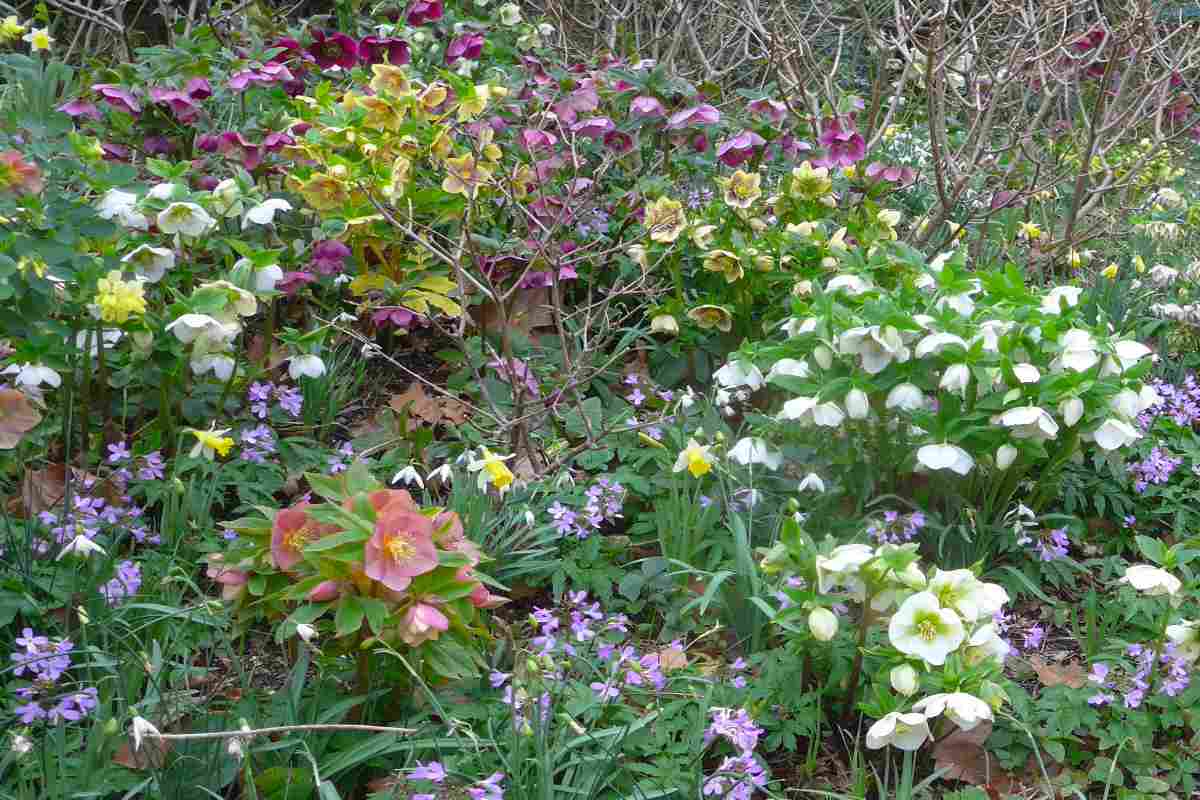
On a morning of bright sunshine punctuated by sleet showers we visited the daffodil woods of Prior Park Landscape Garden. The huge 18th-century Palladian mansion, now a private school, was built by a self-made businessman called Ralph Allen. He made his name by reorganising the postal service, then became rich by quarrying the Bath stone that was in great demand during the city’s building boom.
Just wandering around Bath was fun as we spotted the details that humanise the apparently austere and regular architecture: railings, balconies, lamp posts; even in the Royal Crescent the doors are of many different designs. I learned a few new architectural terms, for example, ‘vermiculated’, which means that stone is carved to look like it contains worm casts and tunnels. There’s a lot of it on the outside walls of the buildings that house the Roman Baths.
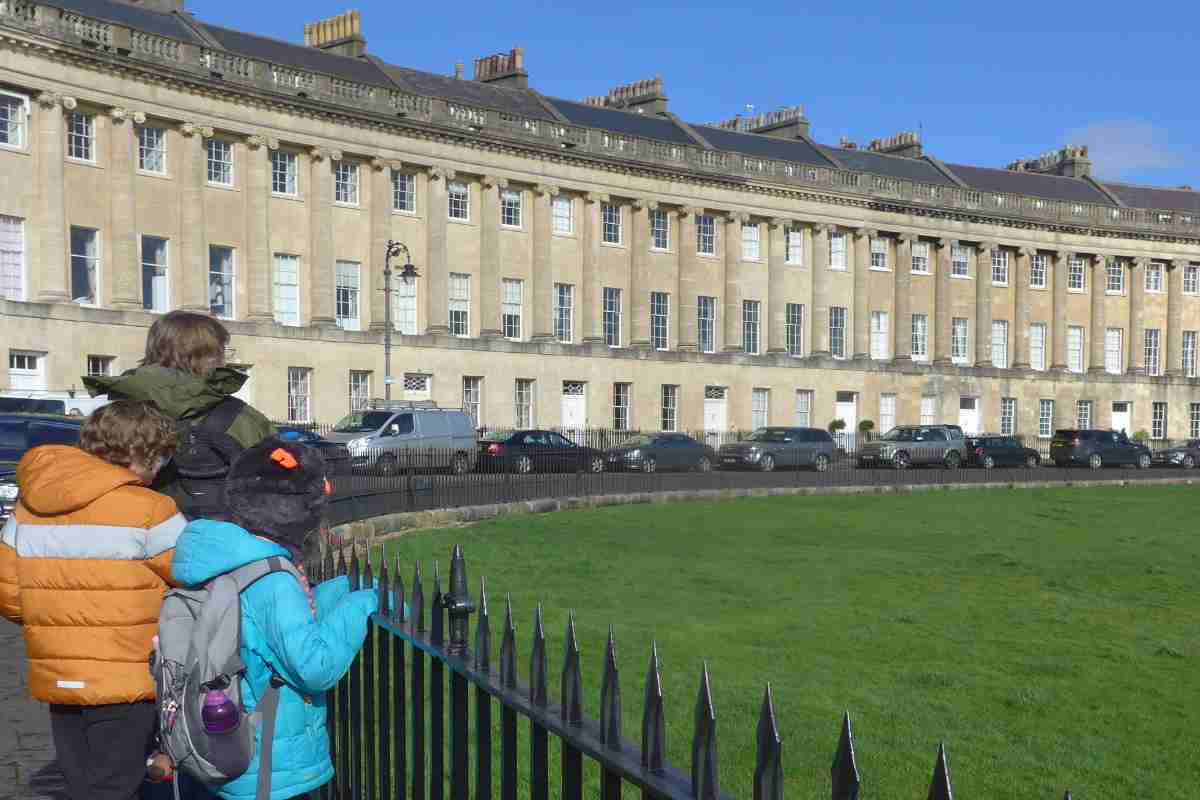
The pedestrianised streets in the centre rang with music: outside the Pump Room, we listened to an opera singer’s rendition of Ave Maria. Around the corner, a man sang the Bob Dylan/Jimi Hendrix song All Along the Watchtower whilst playing the violin and balancing on a slackline.
When the children needed a break from art and culture we went to the excellent playground in Royal Victoria Park near the Royal Crescent. It has two parallel zip wires, sand diggers, and the kind of roundabout from which you can dangle one-handed, like a spider monkey.
The Perfecto International Food Market in Avon Street is one of the most extraordinary food shops I’ve ever seen, its aisles piled high with food from 59 countries. We got some Mexican sauce for our – and perhaps most people’s – go-to hostel kitchen dish: pasta twirls. There are no hobs at YHA Bath but we learned it is possible to make pasta in a microwave – boil the water first, add to dried pasta in a large, covered, ceramic bowl, cook on 30% power for 10 minutes, stirring occasionally.
On the way home we went to Cotswold Wildlife Park near Burford, famous for its rhinos on the lawn. There was great excitement among the zookeepers, who were clustered around the enclosure of the bulgy, even-toed ungulates that are Bactrian camels. The fluffy grey bundle they were admiring was a baby camel born just that morning, another sign of spring on its way.
Have a read of Jenny’s blogs.
Discover more about YHA.
